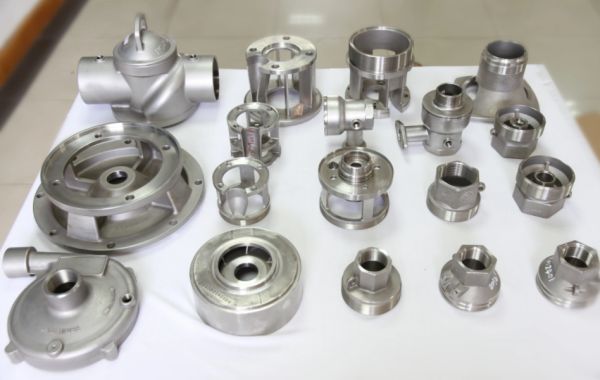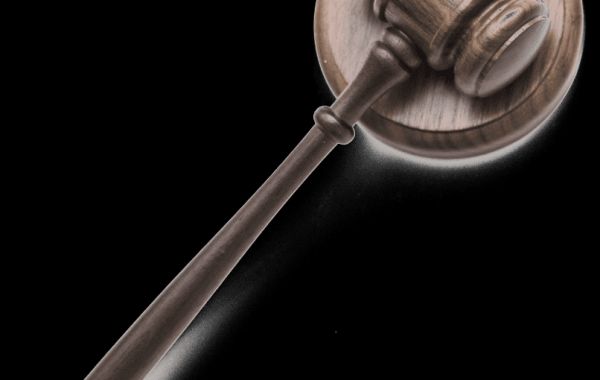Ductile iron is more impact and fatigue resistant than grey cast iron due to the formation of graphite nodules after the addition of magnesium.
The Science and Strength of Ductile Iron
From a microstructural point of view, the main difference between grey iron and ductile iron is the shape of the graphite. Grey cast iron has flake graphite while ductile iron has spherical or spherical shape. From a material property specification standpoint, this graphite shape drives the major differences in each.
The flake graphite shape in grey cast iron creates fracture surfaces that are brittle and less strong. On the other hand, the ductile shape of ductile iron, as the name suggests, is malleable, can stretch under tension, and has better impact resistance. In the material properties of grey iron, only the tensile strength is listed because there is no elongation. For ductile iron, tensile strength, yield strength and elongation are mentioned in the specification.
When should ductile iron be used?
Grey cast iron is often used in applications where strength is not a primary requirement. Due to its shape, graphite is more effective at damping vibrations than ductile iron. Typical parts families include compressors, pumps, counterweights, low speed gearboxes and machine bases.
On the other hand, due to its superior strength and elongation, ductile iron will be used in engineering applications. Typical parts include structural or other high stress components, high speed gearboxes, gears, hubs, air/gas cylinders and other pressurized components.
What is the development process like?
Just like casting large grey cast iron parts, ductile iron castings can be very expensive to develop. To achieve high first-pass yields, we must optimize the design of the mold to ensure consistently low-cost manufacturability. This starts with an open dialogue with our clients early in the design process. Our engineers understand exactly the performance requirements of our customers. They then make adjustments, which may include specific chemical needs, material properties and special hardness requirements.
Many design engineers don't realize that even seemingly simple changes to the design of a gray or ductile iron part, such as making the walls thinner, can add significant cost to the production of the casting. By eliminating cores, loose parts and replacement parts, the cost of large castings can be significantly reduced.








